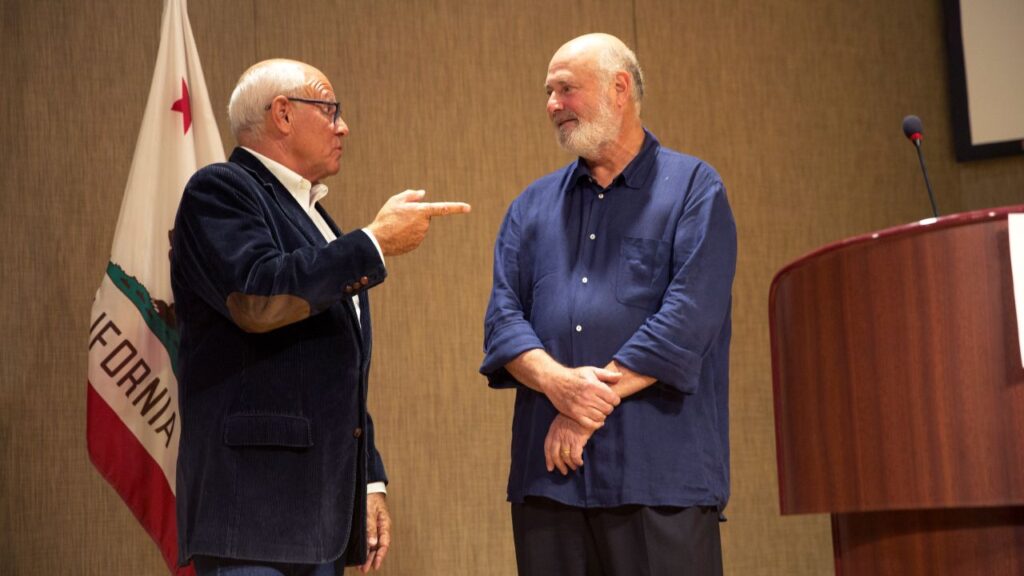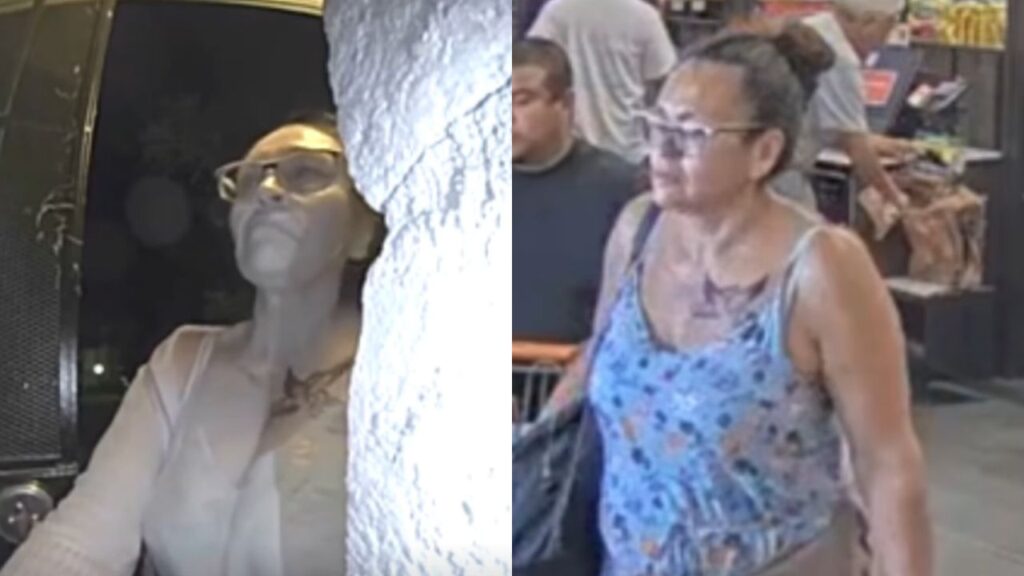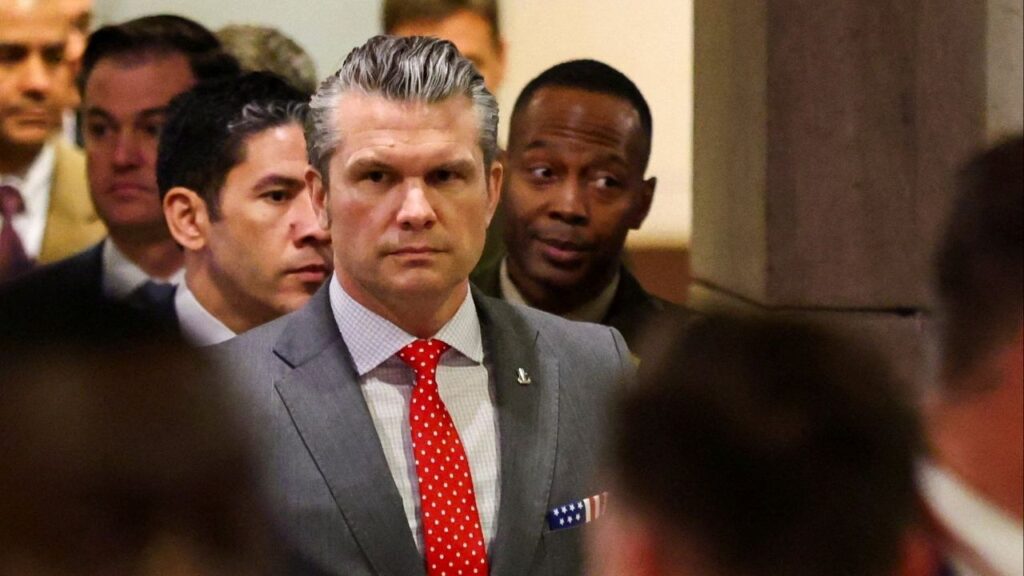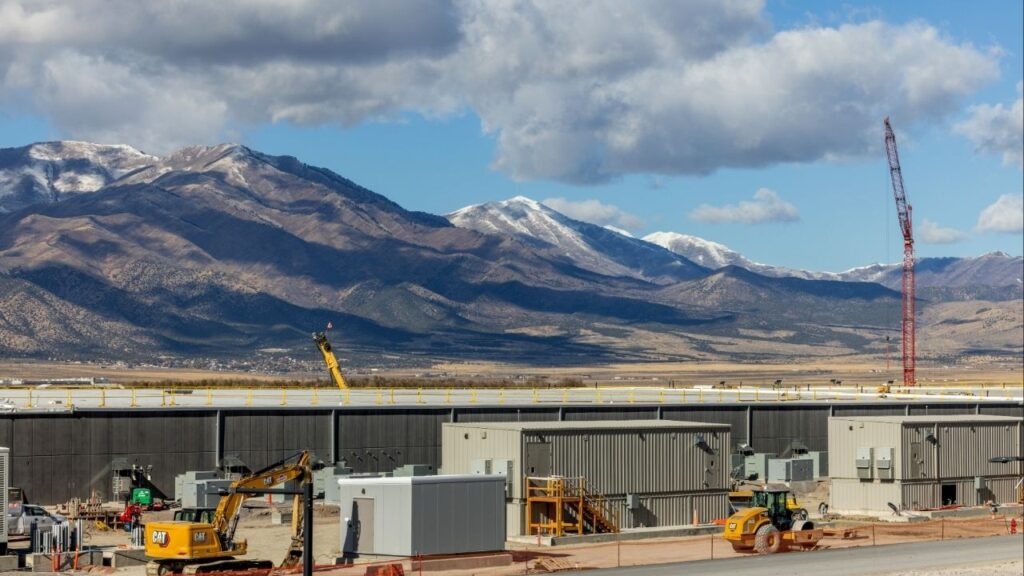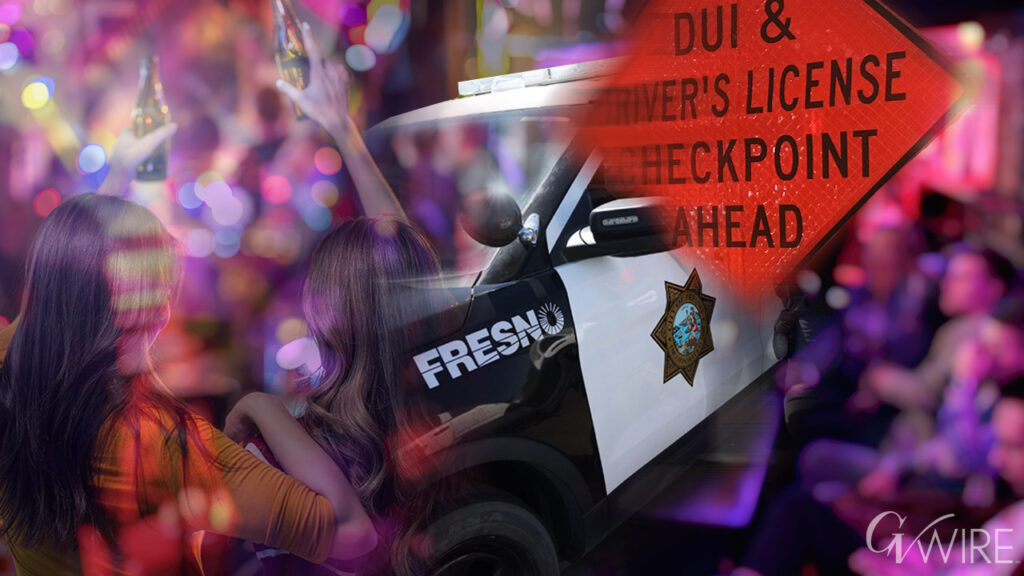Share
There are more homeless people in Fresno than ever before, at least by an official count. The people on the front lines trying to decrease that number say help is on the way.
According to the annual count, required by a U.S. agency to keep the flow of federal funds coming, the number of homeless people in Fresno without access to shelter increased by 23% from 2018 to 2019. Meanwhile, the number of Fresno homeless in federally approved shelters fell slightly, by 3%. In unincorporated parts of Fresno County, the number of unsheltered homeless rose 17% while the number of sheltered fell by 25% (the latter was a very small sample size: 12 down to nine).
Overall, the number of homeless in Fresno increased 16% year over year. By comparison, homelessness in the greater Los Angeles area, under the same required count, rose 12%. San Francisco, which conducts the count every other year, saw a 17% rise since 2017.
A One-Time Injection of State Funding
The survey is mandated by the U.S. Department of Housing and Urban Development to support and justify federal funding for housing assistance. A survey of the sheltered homeless is required each year and of the unsheltered every other year. But since 2013 the latter has been counted here so agencies such as the continuum, along with local government and other agencies, would know what they face, Jenkins said.
“We’ve never had the funding it takes to reverse homelessness in our community,” Jenkins said. There were 1,486 people, including 1,152 unsheltered, identified in this year’s count, compared to 935 and 344 in 2018, respectively. In Fresno County, the number of unsheltered homeless rose from 543 to 636.
In Madera, the numbers were smaller but still significant. Unsheltered homeless increased from 142 to 260, while sheltered homeless fell from 107 to 96.
This year, agencies such a Continuum of Care have more state funding to use, thanks to Gov. Jerry Brown’s approval in 2018 of a one-time $500 million injection statewide to address homelessness. The continuum’s share of that funding is being used to create shelter 90 beds that Jenkins describes as a “triage.” The beds are available for 90 days; within that time, staff will ask questions and make inquiries to determine whether the clients are ready and able to move into some form of housing.
‘We Want to See Good Things Happen’
The next step — bridge housing — will have 33 units for people and families, and be available for up to six months. If the people in this arrangement continue to show an ability to handle a more extended housing arrangement, they can move to “rapid re-housing,” where they can stay for up to 12 months while remaining under the eye of case management. The goal is to have 25 such units in Fresno and 20 more throughout the county, Jenkins said.
“I think we’ll have services we didn’t have before,” Jenkins said. But one of the big challenges is getting local governments, businesses, nonprofit and faith-based agencies, and residents — all of whom have a stake in the area’s homeless problem — to pull together.
“A plan is only as good as the money and people behind it,” Jenkins said. “We want to see good things happen to people out there on the streets in our community.”







